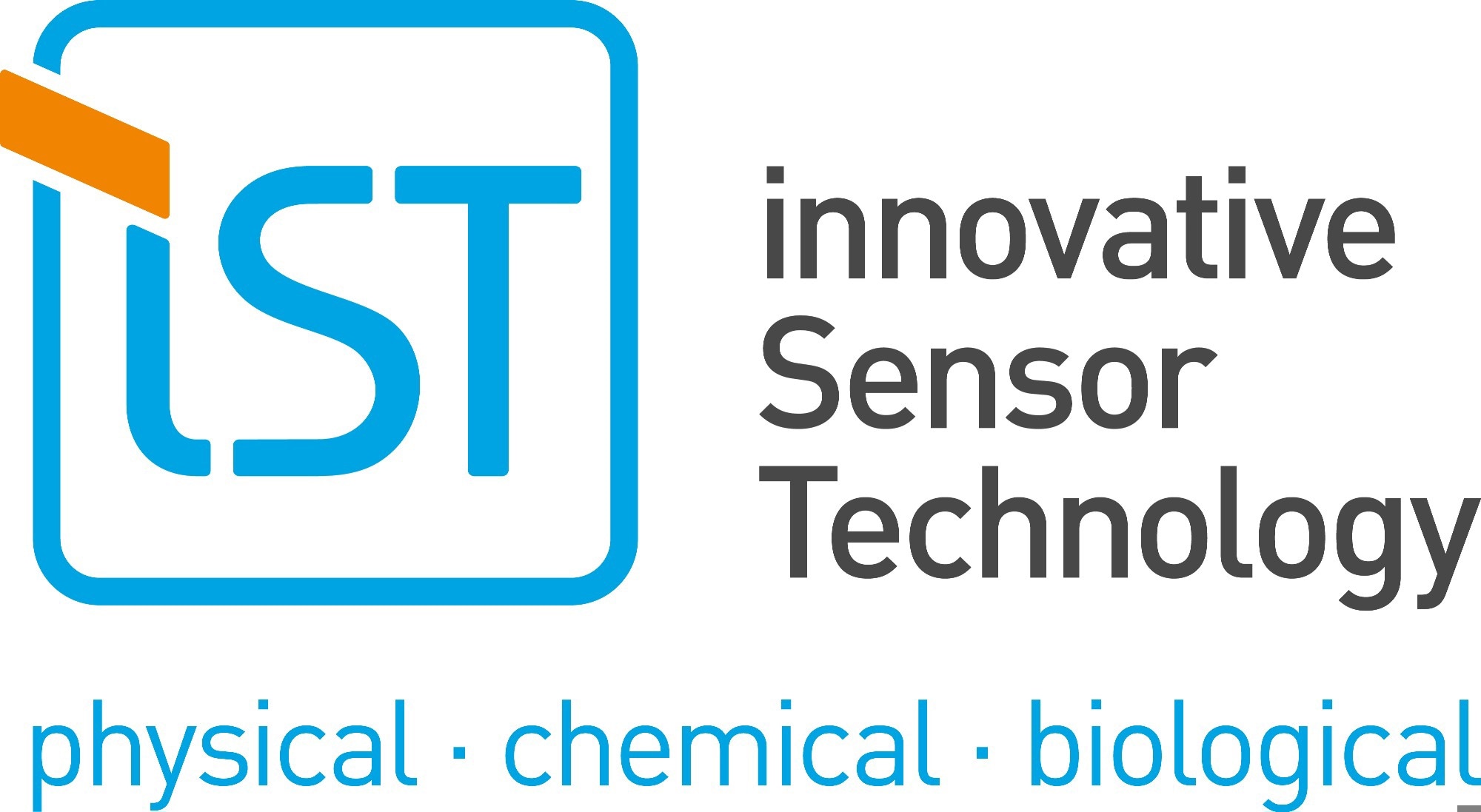Due to the numerous requirements and necessary qualifications needed for space applications, Innovative Sensor Technology IST AG is one of the leading manufacturers of sensors that have been involved in the aerospace industry for several decades.
Sensors on a Space Mission
Over a decade ago, the European Space Agency launched the Rosetta spacecraft with the purpose of performing a detailed study of the comet 67P/Churyumov-Gerasimenko. After reaching and orbiting the comet in August 2014, the lander of the mission, Philae, was expected to launch in November 2014 and complete its mission. Although the spacecraft itself launched over a decade ago, the beginning of the project began much earlier, during which it is estimated that over 2000 people from all over Europe were working on this project and its sub-projects.
Of these numerous projects included the instrument Rosina, a spectrometer for ion and neutral analysis. Innovative Sensor Technology IST AG was initially approached by EMPA who built two critical parts for this project. IST AG was asked to develop three individual, ultra-thin temperature sensors that were specifically customized for the application to ensure their high accuracy, long-term stability and suitability for harsh environments.
Another specifically constructed temperature/heater-multiparameter-sensor was developed for Tesat-Spacecom. Tesat produced two earth-monitoring satellites including the Alphasat, launched in July 2013, and the Sentinel-1A, launched in April 2014, both of which were equipped with a laser communications terminal (LCT). In this LCT, the IST AG multiparameter-sensor closely and accurately monitors the temperature of the laser crystals. The terminal serves as a preparation for the European data relais transmission system (EDRS) and allows for a very high transmission rate of approximately 3 DVDs per minute between the Low Earth Orbit (LEO) and the Geostationary Earth Orbit (GEO) possible. Earth monitoring applications and services can be improved through the use of the LCT.
Future space missions intend to use the IST AG platinum temperature sensors. For example, in 2017, a satellite for the exploration of the sun was launched into space, getting closer to the sun than any other spacecraft has before. The main goal of this mission was to research space weather and the solar wind as a result of the satellite being equipped with the ability to record structures in the sun's corona at distances of up 35 km. The duration of this mission is expected to last seven years.
An additional satellite project that is expected to utilize the platinum temperature sensors provided by IST AG is a new space telescope. The expected start date of this telescope launch is scheduled for 2020, in which the subject of this project is the remeasurement of the depths of the universe, as well as solving phenomenons regarding dark matter and dark energy.
Possibilities of Thin Film Technology
IST AG sensors can be used to acquire measurements for a number of different types of applications. Depending on the type of application, active temperature control can be within the range of -200 °C to 200 °C for the outer shell or of measurement instruments inside the satellite are applied. For missions in outer space, temperature control is becoming increasingly critical.
Wire wound platinum temperature sensors are being used less and less in satellite projects, as the pure temperature measurement is instead being replaced by active temperature regulation that exhibits a failure rate of up to 20% for monitoring that significantly limits the amount of failures. Wire wound platinum sensors, which are very thin wires wounded over a ceramic plate, are more vulnerable to vibration and thermic cycles, thereby exhibiting a much higher failure rate as compared to active temperature regulation. In regards to thin film technology, which is one of IST AG’s core competences, the platinum resistance structure is permanently connected to the ceramic surface of the sensor that allows sensors to be more appropriate for applications with higher vibrations.
In February 2018, IST AG was awarded the ESCC (European Space Components Coordination) qualification for a thin-film based series of platinum temperature sensors. These sensors are currently the only platinum temperature sensors to receive this award from the European Space Agency (ESA). By qualifying, these sensors of IST AG are now the worldwide standard for use in all missions into space.
ESCC qualifications states that the Lot Validation Tests (LVT) do not have to be newly configured for every customer’s order, as various customer requirements have been evaluated and taken into account during the development of these sensors. The goal of these qualifications is to offer standardized sensors that will eventually lead to the availability of certain variations of the sensors offered by IST AG.
IST AG Thin Film Sensors
IST AG thin film sensors are perfectly suitable for applications in satellites, especially since the weight and size of these sensors, especially as compared to wire wound sensors, can be reduced significantly. Even high basic values of up to 2000 Ω are possible on a sensor of 2 x 2.3 mm in size. These specifications are extremely important for European organizations and companies, as these specifications guarantee the availability of the sensors and bypass the risk of export restrictions.
Part of IST AG’s successful strategy is the diversification in various challenging markets that involves perfecting the sensors according to the specific needs and high quality demands of the user, thereby allowing IST AG’s customers a whole new array of possibilities for applications.

This information has been sourced, reviewed and adapted from materials provided by Innovative Sensor Technology.
For more information on this source, please visit Innovative Sensor Technology.